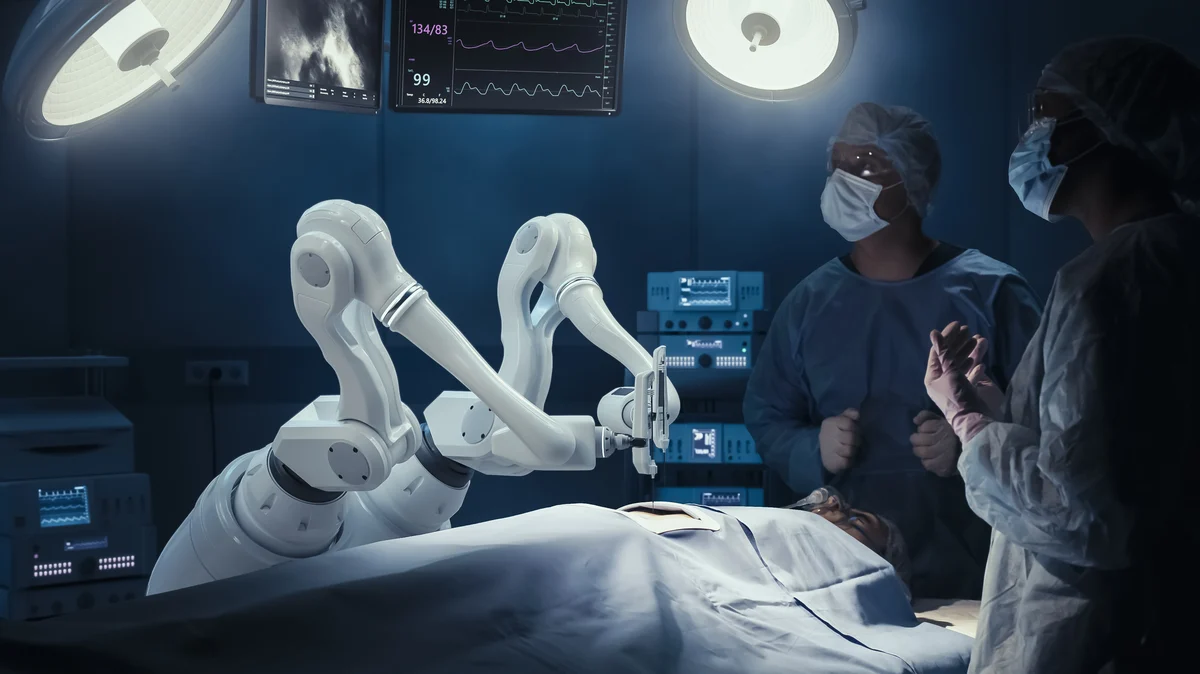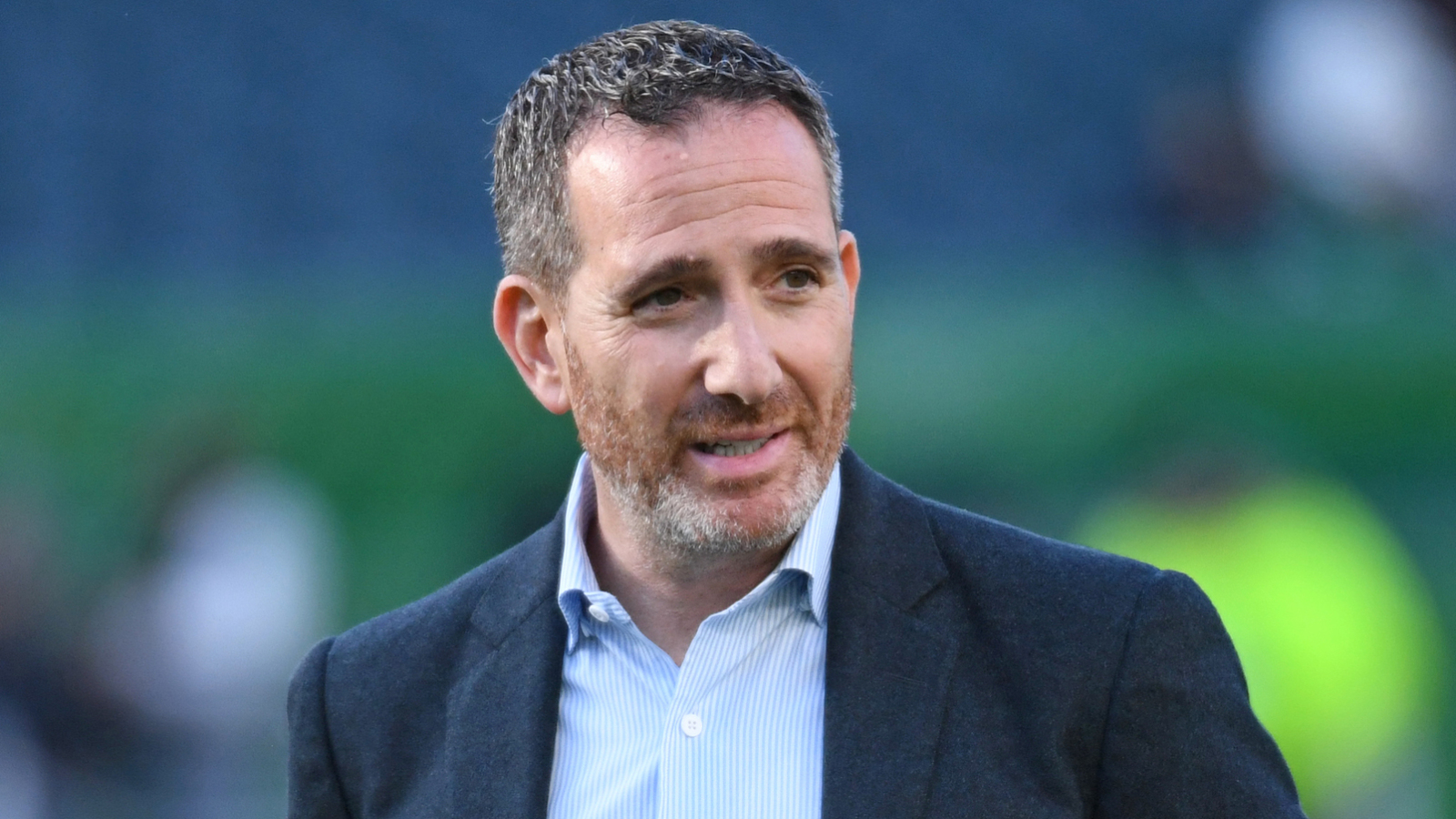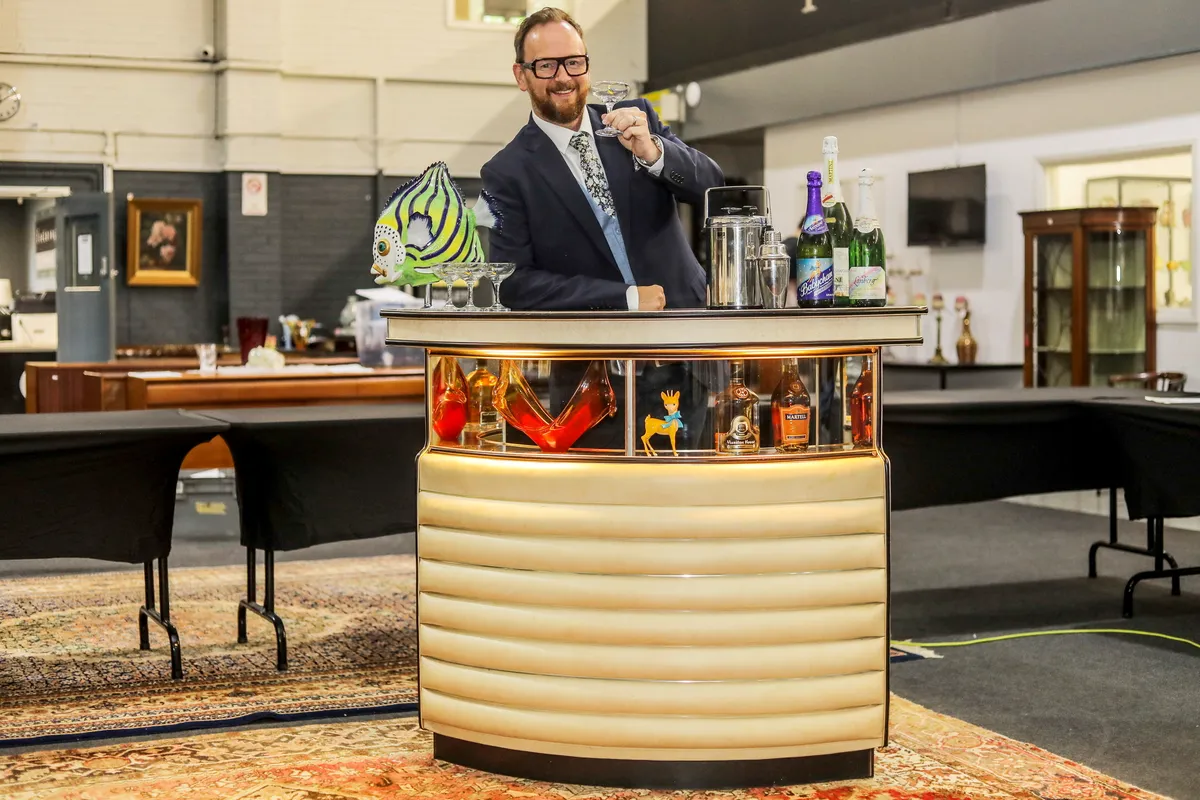By Claudia Cockerell
Copyright standard

In popular culture depictions of surgery, a scalpel-wielding doctor usually cuts an abdomen wide open, before rootling around in a person’s viscera and depositing some organ onto a tray.
But the reality is much less gory and cinematic. Most surgeries nowadays can be done through laparoscopy, commonly known as keyhole surgery. Tiny incisions are made in the patient’s body, through which small tubes with cameras and very thin surgical instruments are passed. This allows for minimally invasive procedures with smaller scars and faster recovery time, but it’s incredibly difficult work.
Forget the tropes about a steady hand and a steely nerve. Surgeons carrying out laparoscopic surgeries are not using their eyes to guide them, but a camera, which often gets obscured by surgical smoke. Their field of vision is reduced to 2D, and moreover, it’s like working in a mirror — if the surgeon moves the instrument to the left, the tip moves to the right.
For that reason, traditional open surgery on the NHS is still widespread, but this comes with longer recovery times, meaning less bed space, as well as higher risk of infection and increased readmission rates.
Yet leading healthcare professionals are proposing a solution: robot-assisted surgeries. Health Secretary Wes Streeting has made a promise that by 2035, nine in 10 laparoscopic surgeries will be delivered with robot assistance. The figure currently stands at one in five.
Streeting’s robo-enthusiasm partly stems from personal reasons, saying in June that the NHS saved his life from kidney cancer with an operation led by a surgeon assisted by a robot.
Robot assisted surgery (RAS) has been around since the early 2000s, when the Da Vinci robot, developed by American company Intuitive, was approved by the FDA. If a patient of Da Vinci’s were to wake from their general anaesthetic, they would see not a semicircle of masked doctors above them, but something that looks more like a giant white spider with four bent arms, out of which needle-like tubes protrude.
The surgeon operates from a separate machine where a screen displays a magnified, 3D view in real time. Like a laparoscopy, very small instruments are passed through tubes into the patient. However, the surgeon controls the instruments from a console, which removes any tremors and allows for millimetre-precise movements. In the 2010s, a video went viral of the Da Vinci system delicately peeling a grape, before suturing the skin back together.
Numerous studies have demonstrated that like laparoscopies, robot-assisted surgeries have a number of advantages over open surgery, including lower blood loss, shorter hospital stays, reduced post-operative pain and less reliance on painkillers like morphine.
There are currently around 200 Da Vinci robots in use across UK hospitals and in 2023, surgeons at Guy’s and St Thomas’s Hospital in central London celebrated completing 10,000 operations with Da Vinci.
As a £118bn company, Intuitive dominates the RAS market. But there are competitors rising through the ranks — and some of them are promising to give Da Vinci a run for its money.
Leading the charge on this side of the Atlantic is Dr Mark Slack, who ran a laparoscopic training course for many years as head of gynaecology at Cambridge University’s teaching hospital, Addenbrooke’s. “I realised I couldn’t train everybody to do it well, and that’s why I got interested in robotics,” he says.
Slack co-founded CMR Surgical and in 2019, they introduced the Versius robot to the market. He is quick to point out the pitfalls of Da Vinci, which he refers to as “the American robot”. It is “massive”, weighing over 600kg, meaning hospitals sometimes need to reinforce the floor of their operating theatres. Unlike the Da Vinci, Versius has independent arms on separate machines which weigh 100kg each. When not using it, “you can just park it in the cupboard”.
While surgeons require specialist training to learn how to do robot-assisted surgery, Slack argues that it is much easier to get the hang of. He says that while it can take 60 hours practice to become proficient at suturing in laparoscopic surgery, “on my robot, I’ll teach you in less than an hour, even if you’re not a doctor”.
The biggest challenge at the moment is the hefty price tag. The Da Vinci costs around £1.6m, while the Versius is around £1m. Due to the complex software and mechanics “they’re unbelievably expensive to build”, explains Slack.
While many doctors have welcomed the technology as the future of surgery, there has been some pushback. In a 2024 paper published in the Royal College of Surgeons’ bulletin, top consultant surgeon Timothy Rockall called out “the lack of convincing unbiased research data”, and said that the media have “bizarrely” reported that RAS can reduce NHS waiting lists, “which subsequently influences poorly informed politicians”. In truth, RAS usually takes longer than regular laparoscopic surgeries, and the benefits are similar.
Rockall would rather cash-strapped hospitals spent their money on more qualified nurses and good teaching of laparoscopic surgery.
“I’ve always been very careful not to say that the level is better than an exceptional laparoscopic surgeon,” says Slack. Rather, he believes that RAS “will enable more surgeons to get to that level”. Moreover, CMR is working on an AI system which will give surgeons real-time feedback and introduce guard rails to prevent mistakes.
The Versius is currently available in 24 NHS hospitals across the UK, and it’s the market Slack most wants to succeed in. “I’d love to have a meeting with Wes Streeting,” he says. “They can help us, we can help them.”



